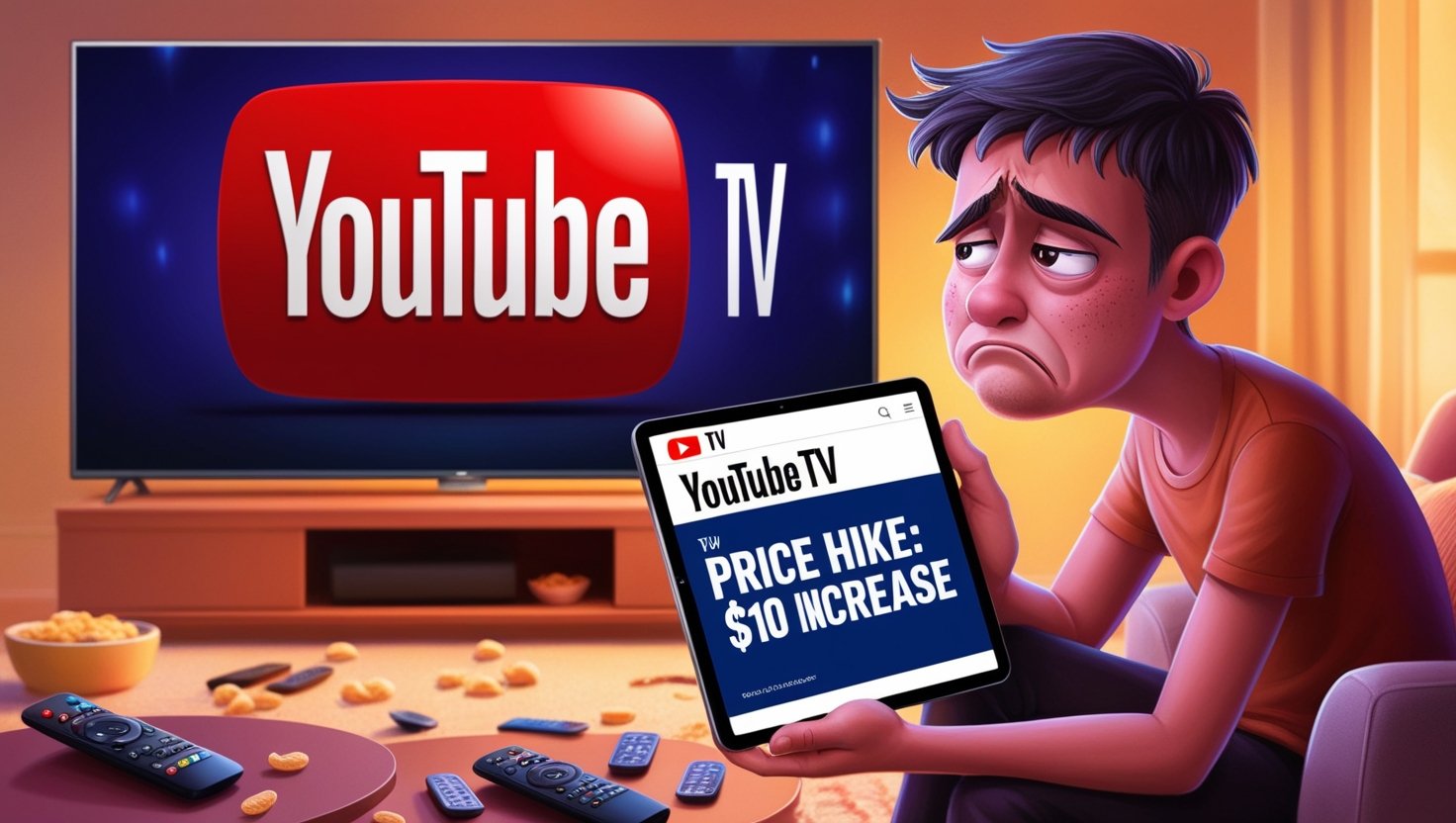 YouTube TV, the popular live TV streaming service from Google, is raising its monthly price yet again. Announced on today, 12th Dec, 2024, the base plan will jump by $10, bringing the new cost to a hefty $82.99 per month, effective January 2025. This latest increase comes on the heels of several price hikes over the years, leaving many users feeling frustrated and questioning the viability of cord-cutting.
YouTube TV, the popular live TV streaming service from Google, is raising its monthly price yet again. Announced on today, 12th Dec, 2024, the base plan will jump by $10, bringing the new cost to a hefty $82.99 per month, effective January 2025. This latest increase comes on the heels of several price hikes over the years, leaving many users feeling frustrated and questioning the viability of cord-cutting.
Rising Costs, Eroding Value
While YouTube TV boasts a convenient interface and features like unlimited cloud DVR storage, the continuous price increases chip away at its initial appeal. Launched in 2017 at a competitive $35 per month, the service has nearly tripled in price, steadily losing its edge as a budget-friendly alternative to traditional cable.
This trend raises concerns about the future of cord-cutting. The initial promise was to escape the rising costs of cable packages by embracing streaming services. However, with YouTube TV and other major players like Hulu + Live TV following suit, the price difference is narrowing rapidly.
The Content Conundrum
One justification often cited for price hikes is the rising cost of content licensing. Broadcast networks and cable channels charge streaming services for the right to carry their programming. While this is true, some argue that YouTube TV’s strategy of adding more and more channels may be contributing to the problem.
A bloated channel list might appease some users, but it also drives up licensing costs. Streamers might benefit from a more curated selection of high-demand channels, offering a more affordable option for those who don’t crave extensive channel diversity.
Looking Ahead: A Fork in the Road
This latest price hike from YouTube TV presents a critical juncture for the cord-cutting movement. Here’s what viewers can expect in the coming months:
- Increased Competition: New entrants and niche streaming services focused on specific genres could emerge to cater to budget-conscious viewers.
- Shifting User Behavior: Consumers may be forced to re-evaluate their streaming needs, potentially opting for a combination of services or reverting to traditional cable with promotional offers.
- Focus on Value: Streaming platforms might prioritize quality over quantity, offering curated packages and exploring innovative pricing models like ad-supported tiers.
The cord-cutting movement has undoubtedly disrupted the traditional television landscape. However, the rising costs of streaming services pose a significant challenge to its long-term sustainability. As the industry evolves, it remains to be seen whether streaming services can continue to provide a cost-effective and compelling alternative to cable television.